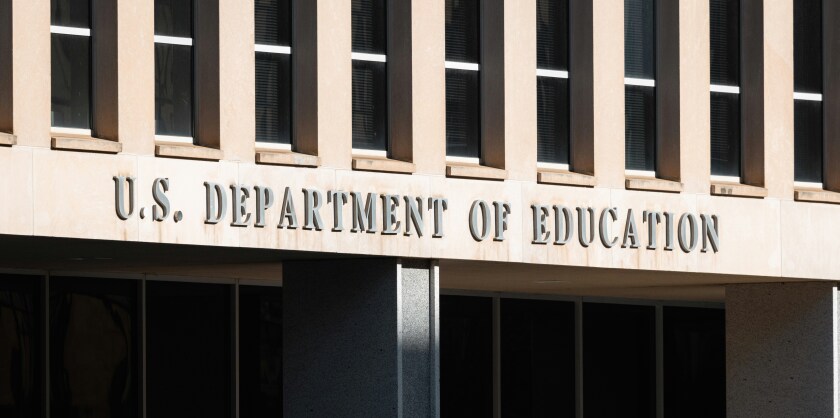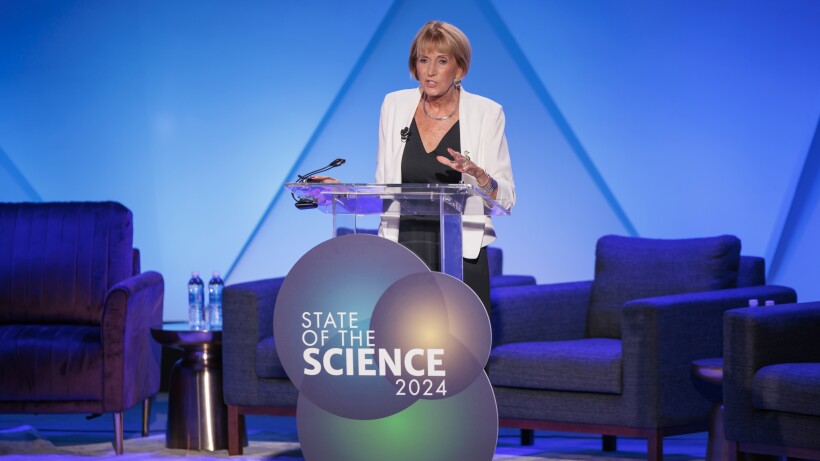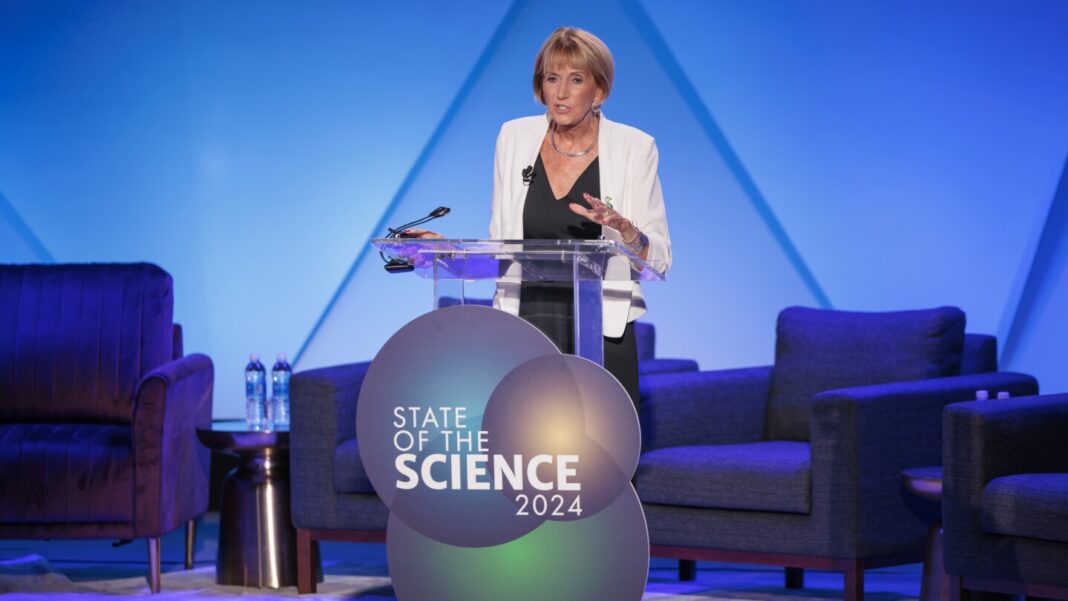## A Beacon in the Storm: NAS President McNutt Charts the Course of Science
In a world grappling with climate change, pandemics, and technological upheaval, the need for clear, evidence-based guidance has never been greater. On June 3rd, National Academies of Sciences President Marcia McNutt will deliver her second State of the Science Address, a pivotal moment offering a roadmap through the complexities of our time.

Building the Scientific Workforce of the Future

The challenge of attracting and retaining international talent is becoming increasingly pressing. According to National Academy of Sciences President Marcia McNutt, the US is facing stiffer global competition in STEM, particularly from China. McNutt noted that China has surpassed the US in annual patent production, STEM doctorate production, and is getting closer to surpassing the US lead in R&D spending and the number of most cited research papers.
McNutt highlighted that the US has become heavily dependent on foreign students to fill STEM occupations, which presents both a risk and an opportunity. Foreign students made up 43% of all science and engineering workers at the doctoral level in 2021, according to data from the National Center for Science and Engineering Statistics. Moreover, 65% of foreign STEM students remain in the US for at least 10 years after graduation.
“We literally couldn’t fill our STEM jobs if it were not for these foreign students coming and staying in the US,” McNutt emphasized. She also noted that even the students who leave often present benefits by retaining close ties to the US and raising standards of living in their home countries.
The Challenge of Attracting and Retaining International Talent
McNutt argued that one of the biggest challenges facing the US is to build the scientific workforce of the future amid growing competition for international talent and weaknesses in the US K-12 education system. “As foreign nations increase their investment in R&D, it’s going to be harder to get foreign students to come here to study here and to stay here. So, we have to start drawing on the full creativity of America, and we’re doing a really lousy job of that,” she said.
McNutt pointed out that the US is being outperformed in math and science test scores by other advanced economies, with 40% of eighth-grade students not proficient in math, citing NCSES data. To make STEM careers a reality for more children across the country, she called for reinvigorating science curricula to better foster childhood curiosity.
Modernizing the STEM Workforce Pipeline
McNutt emphasized the need to modernize the STEM workforce pipeline to provide corporate internship opportunities to students and supplement their stipends, making careers in science more attractive.
Revitalizing Science Curricula to Foster Childhood Curiosity
To make STEM careers a reality for more children across the country, McNutt called for reinvigorating science curricula to better foster childhood curiosity. This, she argued, would help to build the scientific workforce of the future and ensure that the US remains competitive in STEM fields.
Moreover, McNutt highlighted the need to modernize rules of engagement between academia and industry. She emphasized that providing corporate internship opportunities to students would not only supplement their stipends but also make careers in science more attractive.
Conclusion
Here is a comprehensive conclusion for the article:
In conclusion, the upcoming State of the Science Address by NAS President Marcia McNutt on June 3 marks a crucial milestone in the scientific community’s pursuit of advancing knowledge and addressing pressing global challenges. As we have discussed, this address will provide a critical assessment of the current state of scientific research, highlighting breakthroughs, opportunities, and areas that require urgent attention. McNutt’s expert insights will undoubtedly shed light on the complex interplay between research, policy, and society, emphasizing the need for collaborative efforts to tackle the intricate problems confronting humanity.
The significance of this address cannot be overstated, as it has far-reaching implications for the direction of scientific inquiry, policy decisions, and ultimately, the well-being of society. As the scientific community continues to grapple with the complexities of climate change, pandemics, and technological advancements, McNutt’s address will serve as a clarion call to action, urging stakeholders to recommit to evidence-based decision-making and interdisciplinary collaboration. As we look to the future, it is imperative that we prioritize scientific literacy, critical thinking, to ensure that the benefits of scientific progress are equitably distributed and that the most vulnerable populations are protected.
As McNutt takes the stage on June 3, we are reminded that the pursuit of scientific knowledge is not an end in itself, but a means to an end – a better, more sustainable, and equitable world for all. As we stand at the threshold of this new era of scientific discovery, let us heed the call to collective action, embracing the power of science to illuminate the path forward, and ultimately, to create a brighter future for generations to come.
